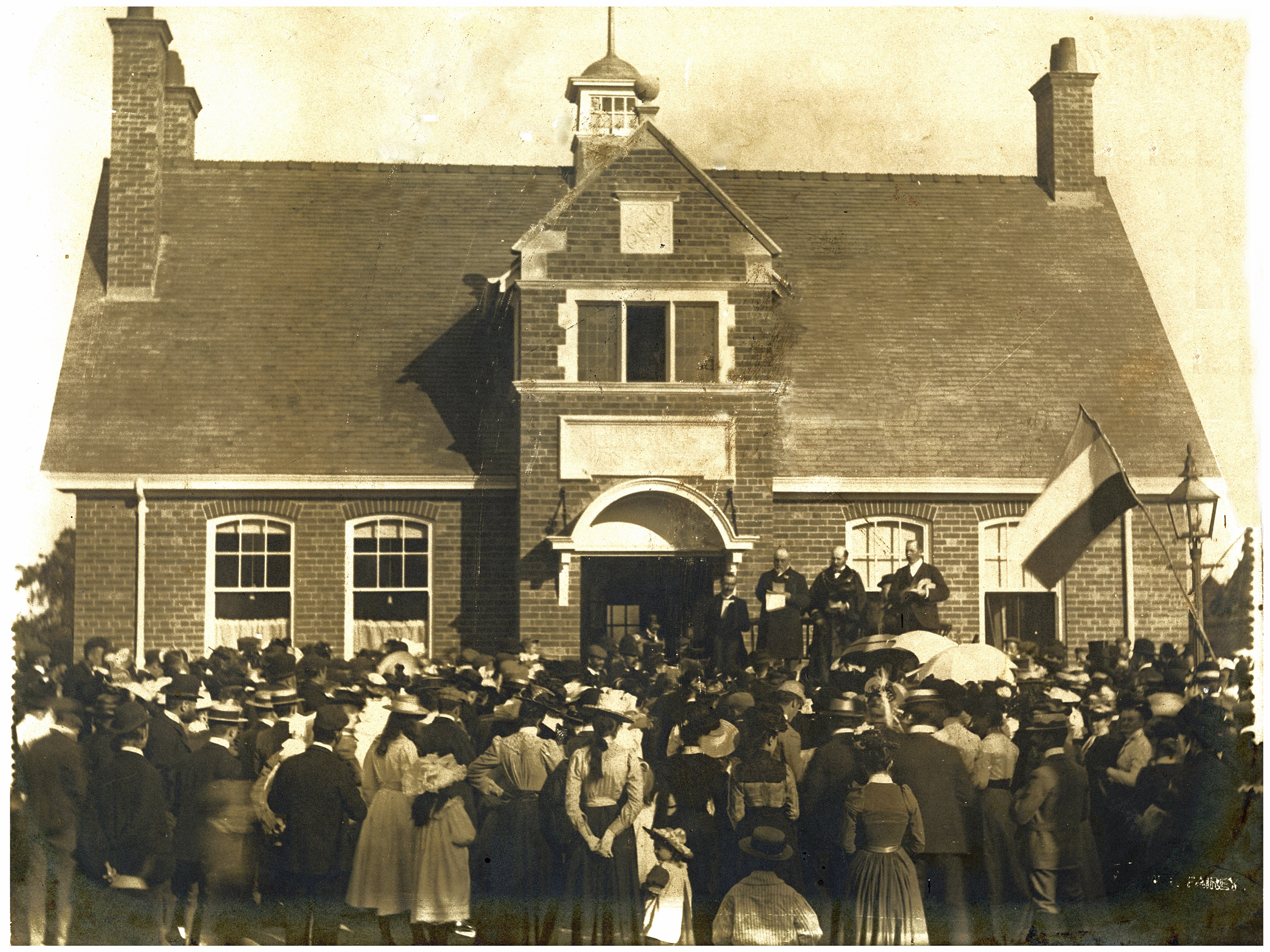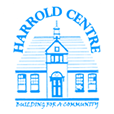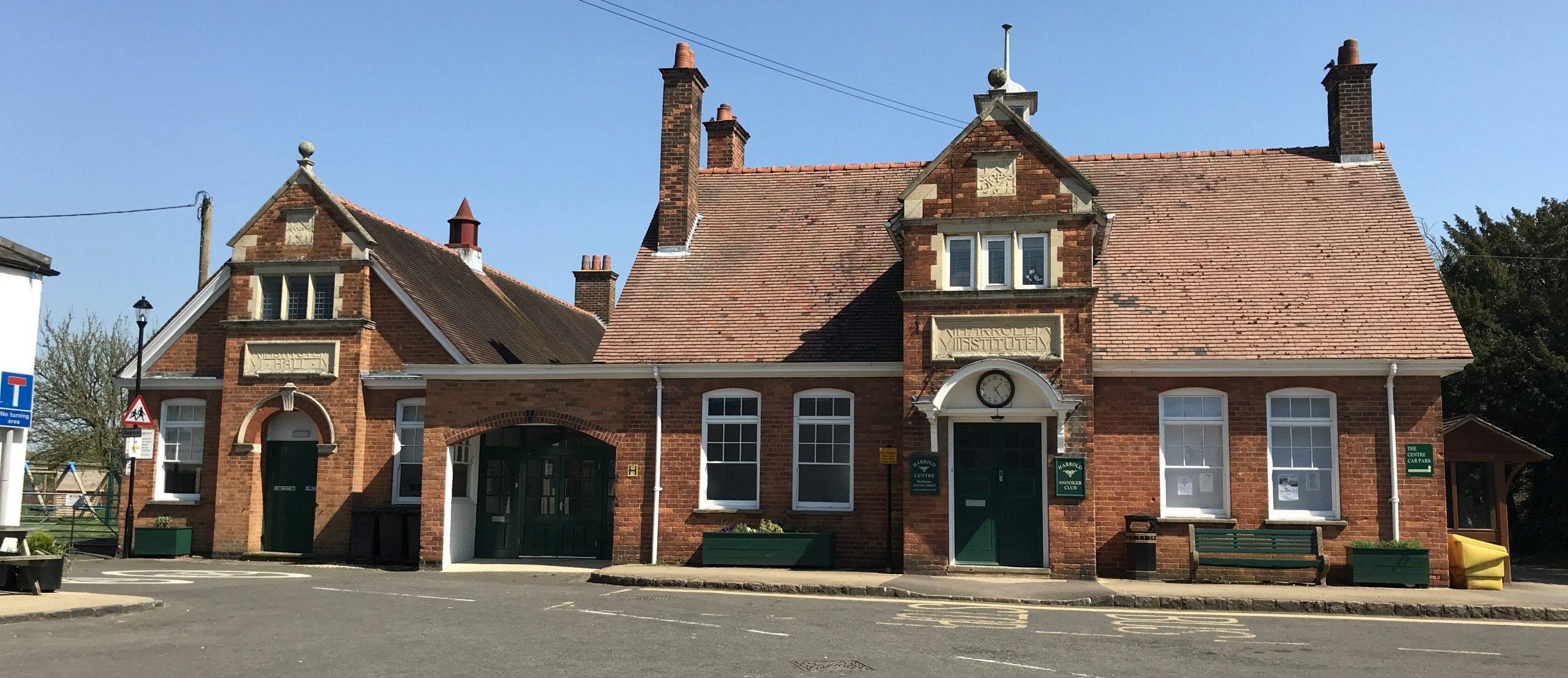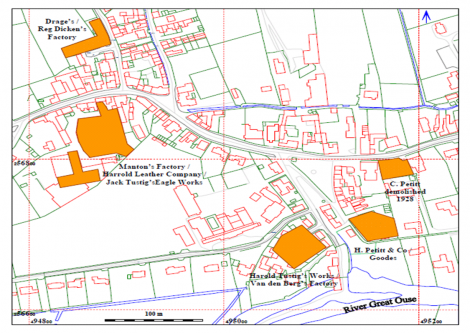The village of Harrold and the Harrold Centre have a long association with the leather industry. The Harrold leather industry began in the early 1800’s and a number of tanneries thrived for many decades, employing the majority of villagers. At one point there were six leather factories in the village. Amongst this village powerhouse was the factory owned and managed by Charles Pettit.
There were few leisure facilities in the village, except numerous Public Houses. Charles Pettit having himself been a manual worker, knew how this lack affected the lives of the villagers. Charles envisaged, and had built, a totally new, and unique for the time, modern centre open to all villagers. The building, opened in 1902 and known as the Institute, would include a billiard room with a full-size table, a library and three public rooms. There would also be an apartment for the caretaker. Outside in the grounds there would be two tennis courts, a bowling green and a playground for the children. The building was to be a place for everyone, for recreation and to enable the men of the village to learn new ideas and skills.

A few years later Charles Pettit built a new Hall, alongside the original building, which was opened in 1911. In its heyday, the Institute held many events, including regular dances with the band in a gallery above the hall. It was the scene of village wedding receptions, school concerts and whist drives. The Institute held the Harrold library from 1925 until 1976.
The lnstitute flourished and Charles Pettit wanted to give the whole enterprise security and longevity. Charles offered the whole property to the Parish Council together with a substantial endowment, sadly the Parish Council declined to accept the offer. Frustrated, saddened and disappointed Charles Pettit gave the whole lnstitute and grounds to the Congregations Union of England and Wales, now the URC.
The Congregational Union accepted the generous offer on condition that alcohol be banned at any and all functions. The hope that the lnstitute would be a Working Men’s Club was dashed at a stroke by this restriction and, as a result, its life was severely restricted. ln the ensuring years the lnstitute was run by the caretaker without substantial help from local organisations, except tennis and billiards, and general activity declined.
However, World War ll re-energised the institute with troops such as the Inniskilling Fusiliers stationed nearby having dances in the Hall and drinks in the lnstitute (illegally). The Harrold Home Guard had field exercises with the Fusiliers and through cunning and local knowledge won the day surprising the soldiers asleep in a barn in Carlton. The USAF based in Poddington brought a fresh impetus to life in the lnstitute with dances provided by Harrold’s own dance band, Reg Cockings being the drummer.
ln the 1960’s it was obvious that the lnstitute called for a new beginning and a refurbishment. The building was little used, apart from the WI, who had used it continuously since 1926, the Snooker Club and a Saturday morning dancing class. The Congregational Union agreed to pass everything over to a Board of Trustees, approved by the Charity Commission, set up to manage affairs and to improve the facilities. At this time, the two buildings were joined together, and a new bar and kitchen were added. The building was renamed the Harrold Centre. The ground to the rear was leased to Harrold Tennis Club who built hard tennis courts. In addition, a children’s play area was constructed at the side of the Centre.
In 1974 the new management committee opened the refurbished building (now known as The Centre) with a St. Valentine’s Day dance. The ban on alcohol was removed and the National Westminster Bank came every week to serve the factories and villagers coming to Harrold on the local bus with all the necessary cash. Des and lvy Chambers were the caretakers. Des carried on his own tailoring business as well as his other duties in the lnstitute.
These improvements worked well, many organisations used the premises on a regular basis, including Harrold Pre-School, the Corner Club, the annual village show, and as the base for amateur drama productions, and numerous special events.
However, 50 years later the improvements made in the early 70s were themselves obsolete and the building was in a poor state of repair. A thorough rebuild was needed. At a cost of over a quarter of a million pounds the Centre emerged into the present day, ready to continue to serve the community as originally intended.




